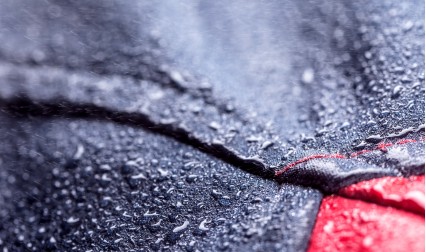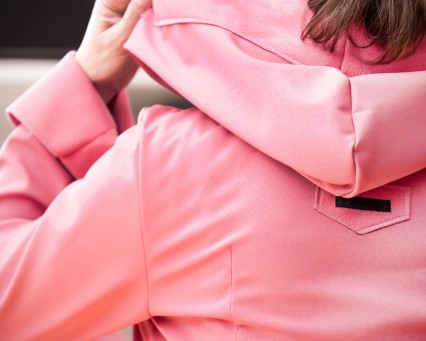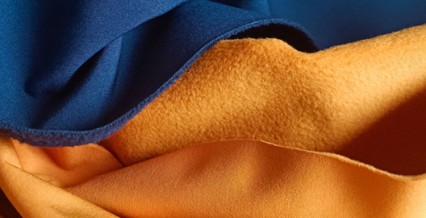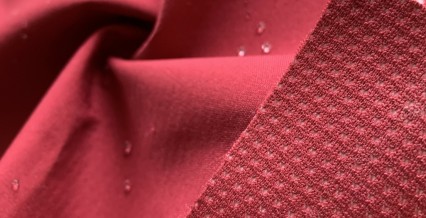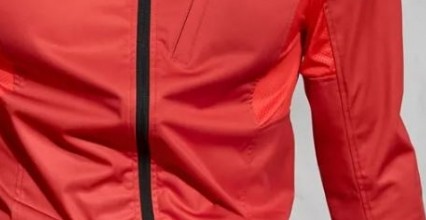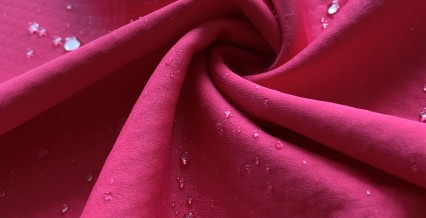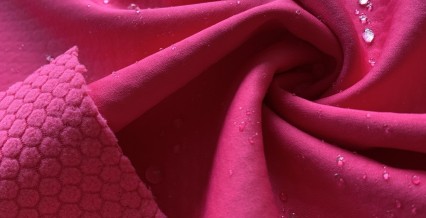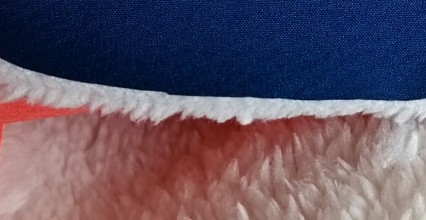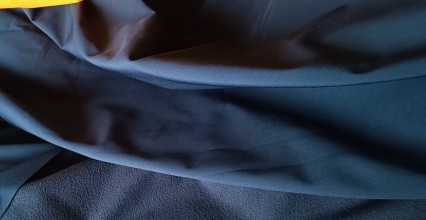-
Categories
-
All Products
- 1x1 rib
- Artificial fur
- Baby velvet
- Baby velvet stripes
- Broken twill
- Brushed back cotton fleece with spandex
- Coolpass
- Coolpass mesh
- Corduroy span, 16w
- Cotton twill spandex 175gsm
- Cotton twill spandex 245gsm
- Cotton twill spandex 330gsm
- Cozy fleece
- Cozy fleece thick
- Fitness fabrics
- Flannel fleece
- Flannel fleece embossed, animal
- Flannel fleece embossed, animal
- Flannel fleece embossed, teddy
- Flannel fleece printed
- Flannel fleece, sheared
- French terry
- French terry
- French terry with spandex
- French terry with spandex
- French terry with spandex
- French terry with spandex p/c
- French terry with spandex p/c diagonal
- Fruby
- furry fleece
- Gauze cotton crepe
- InterlocK
- Knitted polar
- Linen viscose
- Mesh 110gsm
- Mesh 70gsm
- Micro velvet, super soft
- Microfiber, peach finish (w/r)
- Microfleece 300gsm
- Micropolar 190gsm
- Micropolar 240gsm
- Polár Slub
- Polar-wellboa bonding item
- Polar-wellsoft
- Poplin
- Poplin with spandex
- Rib for french terry
- Rib for french terry 2x2 open
- Rib for french terry 2x2 tubular
- Rib spandex
- Rib spandex Turkish
- Rib, p/c
- Satin
- Satin chiffon
- Satin cotton twill spandex
- Satin with spandex
- Scuba cotton
- Scuba viscose
- Sherpa
- Silk crepe, air flow
- Single jersey
- Single jersey cvc melange
- Single jersey pc melange
- Single jersey Sp. Noella 200g
- Single jersey span 165gsm
- Single jersey span 210gsm
- Single jersey span 210gsm Turkish
- Single jersey span 250gsm
- Soft Velour
- Softshell
- Softshell cosy
- Softshell jacquard
- Softshell jersey
- Softshell mesh
- Softshell without tpu membran
- T/c poplin fabric
- Terry fabric
- Terry fabric tpu
- Terry towel fabric - Pak
- Terry towel fabric 330g
- Terry towel fabric 390g
- Terry towel fabric 400g
- Three thread cotton fleece 240g/m2
- Three thread cotton fleece 300g/m2
- Three thread fleece, flamli p/c
- Three thread fleece, flamli p/c
- Towel fabrics
- Twill peach finish 185gr
- Viscose - poly jersey
- Viscose lycra
- Warmkeeper
- Waterproof fabric PU coating
- Waterproof fabric with tpu
- Waterproof fabric with tpu, jacquard
- Waterproof fabric workwear
- Waterproof nylon pu coating
- Waterproof poly/nylon - PU coating
- Waterproof satin-shine PU coating
- Wellsoft
- Workwear twill poly/cotton
- Yoga pants fabric


